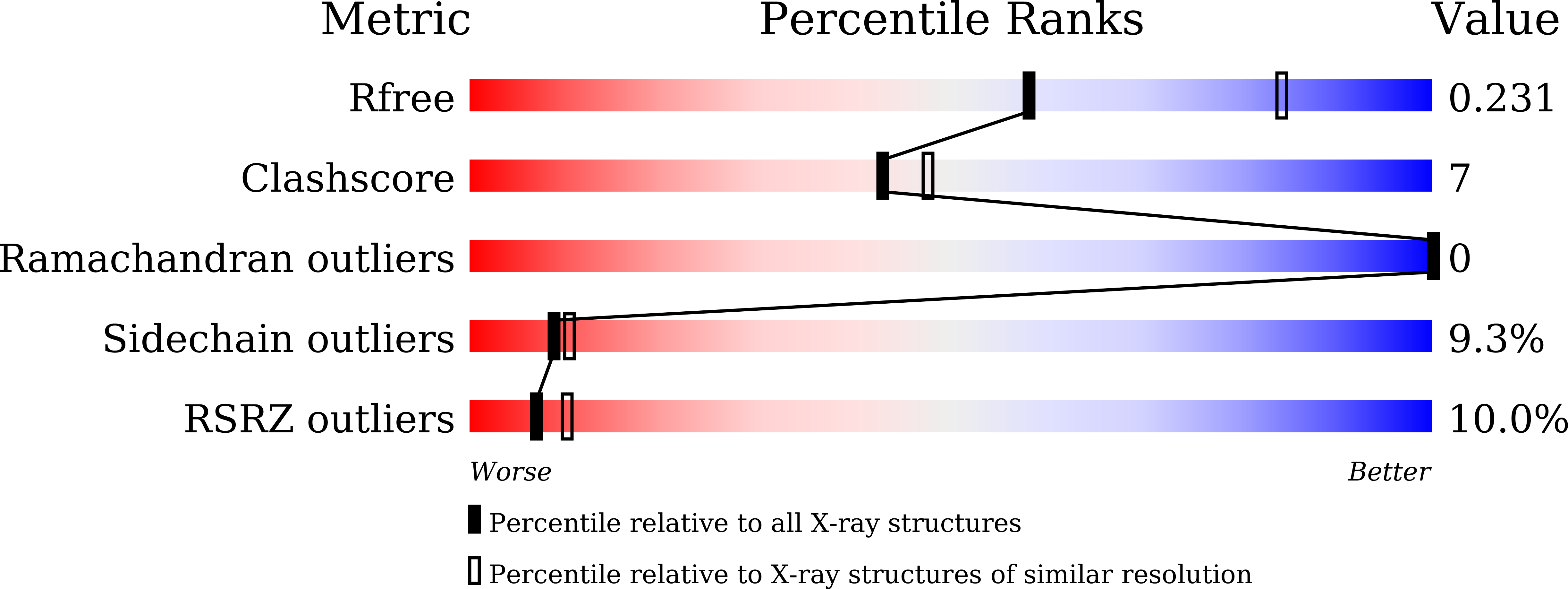
Deposition Date
2022-12-30
Release Date
2024-01-03
Last Version Date
2024-01-24
Entry Detail
PDB ID:
8HWJ
Keywords:
Title:
Bacterial STING from Epilithonimonas lactis in complex with 3'3'-c-di-AMP
Biological Source:
Source Organism:
Epilithonimonas lactis (Taxon ID: 421072)
Host Organism:
Method Details:
Experimental Method:
Resolution:
2.55 Å
R-Value Free:
0.22
R-Value Work:
0.19
Space Group:
C 1 2 1


